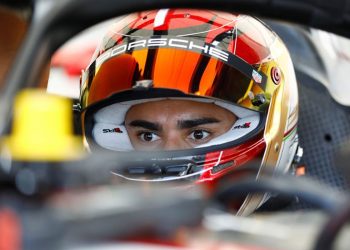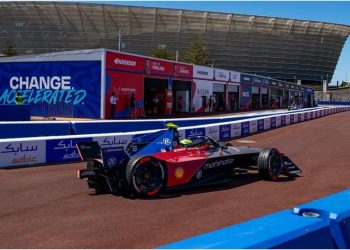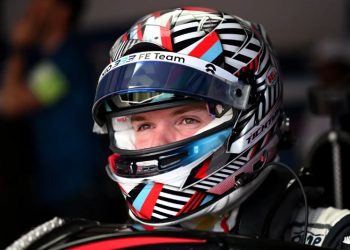Formula E and the International Automobile Federation (Federation Internationale de l’Automobile, FIA) came clese to repeating the battery-free car scene in the final phase of the second race of the Valencia EPrix at the Ricardo Tormo Circuit.
The participating teams defined the race as the ‘2005 Indianapolis Grand Prix’ of the electric championship, and it is that the director of Formula E of the FIA, Frederic Bertrand said that he hoped that “never” would repeat the situation that more than half of the vehicles will be without power in the final stages of a race.
According to European portals, Sunday’s race was close to a similar result, had it not been for a last-minute collaborative move by BMW Andretti and Jake Dennis, winners in Sunday’s dispute.
The second classified, Norman Nato (Rokit Venturi), had a penalty of five seconds for tagging Alex Lynn and the pilot Jake Dennis was instructed to slow down.
It may also interest you: Da Costa’s disappointment with the Valencia E-Prix and the energy limits: when it happens to 13 or 14 drivers…
Thanks to the move, Dennis crossed the timing line one second after the 45-minute countdown clock (the length of a Formula E race) reached zero, so the race only lasted one more lap.
If the winning driver had gone faster, the cars would have had to run two laps and would have once again exceeded the maximum usable energy.
“Absolutely there could have been a similar situation. It was a very late call from BMW. We spotted a risk. We were very conservative at one point. If [Jake] had have gone one lap longer, potentially a number of cars were in trouble,” said the Jaguar Racing Team Principal, James Barclay.
Barclay explained that at the beginning of the race the teams think about how many laps there can be in a race and that despite monitoring those “constantly”, it is not known what the first classified driver can do.
“A lot of cars are in the leader’s hands. I would say yes it was marginal. When you sit back, a lot of things fell in the favour of the leader today. Actually, he didn’t need to push that one lap longer. He could shorten the race. [With the penalty for Nato] he wasn’t going to defend from behind.”
Written by | Gabriel Sayago












